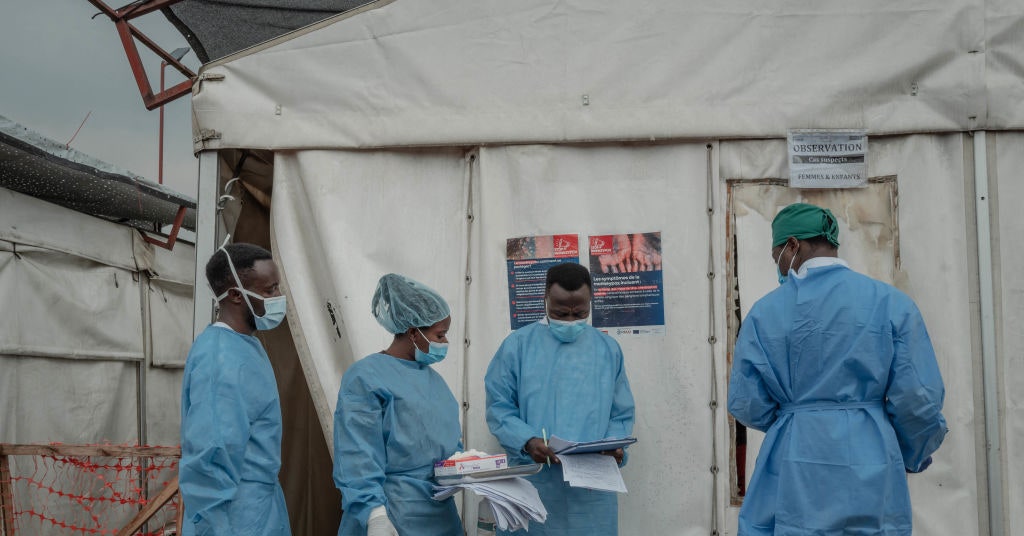A deadly unidentified disease appeared in the DRC
Mysterious disease With Ebola -like symptoms, they appeared in the Democratic Republic of Congo. According to World Health OrganizationThe disease was first discovered on January 21, and in the last five weeks, hundreds have been infected and more than 50 people have died in the northwestern part of the country. Health officials are yet to determine the cause of the disease.
Initial investigations suggest that the hearth began in the village of Boloko, where three children were killed within days of the meal of the corpse of the bat. Symptoms of infected include fever, headache, diarrhea, nosebleeds, blood vomiting and general bleeding – which match the symptoms caused by viruses such as Ebola and Marburg. However, experts have excluded these pathogens after testing more than a dozen samples of suspects.
At the beginning of February, health authorities recorded a second clump of cases and death in the village of Boga, several hundred kilometers away, although there is currently no connection between clusters. As of February 15, when the WHO last reported the hearth, a total of 431 suspected infections were reported, including 53 deaths. In most cases, the interval between the onset of symptoms and death was only 48 hours.
Samples of 18 cases were sent to the National Institute for Biomedical Research in the capital of the DRC, Kinshasa, testing negatively for the most common pathogens associated with the symptoms of hemorrhagic fever, although some have been tested positive for malaria. “The exact reason remains unknown as Ebola and Marburg have already ruled out, causing concerns about a severe infectious or toxic agent,” Who is writing In his latest newsletter for the outbreak, emphasizing the urgent need to accelerate laboratory tests, improve management and isolation of infected and increase observation and risk communication. “Remote location and weak health infrastructure increase the risk of further spread, which requires high-level immediate intervention to limit the hearth.”
The outbreak of diseases caused by pathogens in animals transferring to humans – a process known as zoonotic transfusion – are becoming increasingly common in Africa. Changing the use of land and climate change are two main leaders, as they can increase contact between humans and wildlife covering pathogens. According to the estimates by the WHOOutbreaks of diseases transmitted by animals to humans have increased by 63 percent in Africa between 2012 and 2022. The continent has been observed numerous outbreaks of MPOX in recent years, as well as clusters of Ebola and Marburg cases.
At the end of last year, another mysterious disease killed over 70 people southwest of the DRC, many children. The symptoms of this hearth were similar to the flu and most patients tested by patients returned positive for malaria. Later, the outbreak is attributed to respiratory infections worsened by malaria.
This story originally appeared on Cable Italy And it was translated from Italian.







